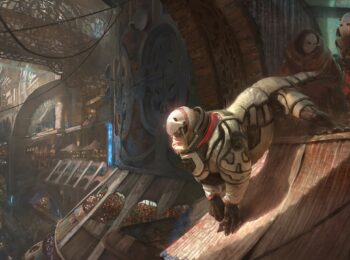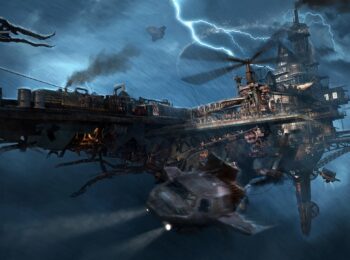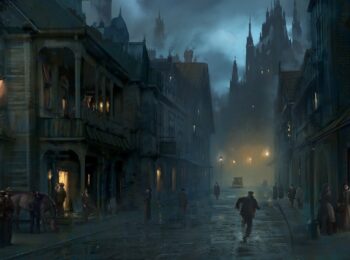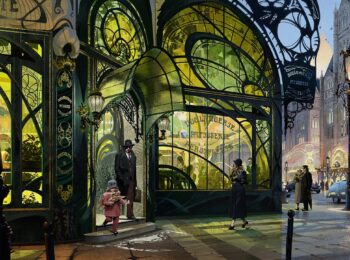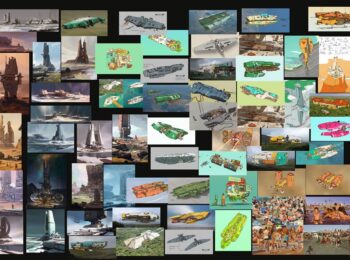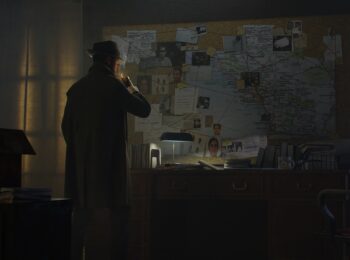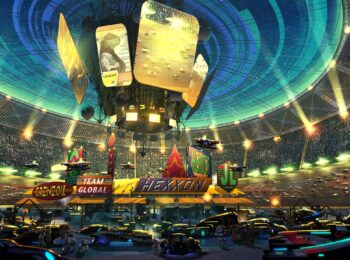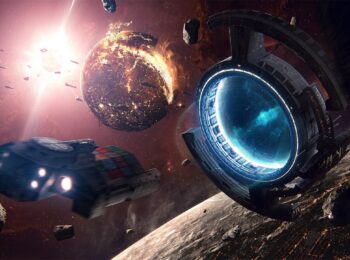Christopher Nolan’s Interstellar was without a doubt one of the best movies of 2014. It is also one of the best science fiction movies in the past decade. Just as other great space epics of the past, like Stanley Kubrick’s “2001: A Space Odyssey and George Lucas’s first “Star Wars” trilogy. “Interstellar” manages to distill terrestrial anxieties and individual aspirations into a broader context of space travel and the future of humanity in a potent pop parable.
The plotline was utterly captivating and left many viewers scratching their heads. With some wondering if the scientific plausibility of the movie really holds up. Nolan enlisted the help of illustrious U.S. astrophysicist and Nobel laureate Kip Thorne to help him maintain as much accuracy as possible.
“Some of the science is known to be true, some is an educated guess, and some is speculation.”
– Thorne explains.
Nolan and his production designer Nathan Crowley used existing spacecraft designs and spent months coming up initial designs. Those designs were then refined by his team including artist Steve Burg.
“For me, the starting point of the movie is a familiar Earth. We didn’t put a lot of futurism in the designs. I wanted to carry that tone into the spacecraft, not jump too far in the future.”
– Christopher Nolan
















